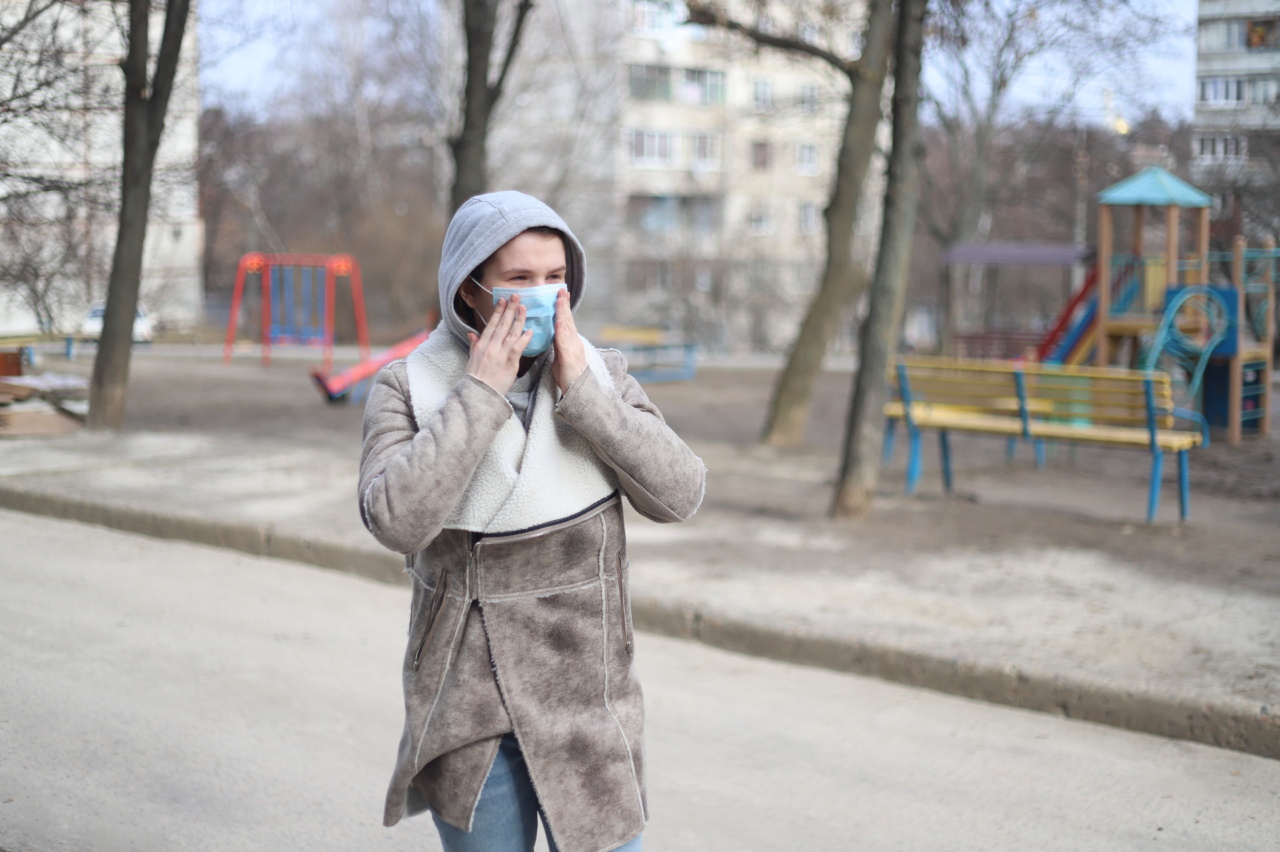The influenza and common cold are often confused with each other due to the similarities in their symptoms.
However, it is important to understand the differences between the two viruses to avoid any misconceptions about treatments, causes, and preventive measures. Below are some of the most common misconceptions about influenza and colds.
Misconception 1: Cold weather causes colds and influenza
Contrary to popular belief, cold weather alone doesn’t cause colds and influenza. Actually, these viruses are more active and contagious during the winter season because people spend more time indoors in close contact with each other.
Additionally, the lack of humidity during winter can make nasal passages dry and reduce the body’s ability to prevent the development of viruses. Nevertheless, cold weather in itself is not responsible for the spread of infections.
Misconception 2: Antibiotics are effective against colds and influenza
Antibiotics are not effective against viruses, including influenza and colds, because they target bacteria and not viruses. Antibiotics should only be used to treat bacterial infections.
Overuse or misuse of antibiotics can lead to antibiotic resistance, which is when bacteria adapts to antibiotics and makes them less effective. Thus, it is highly recommended to take antiviral medications, which are specifically designed to fight flu viruses and relieve symptoms.
Misconception 3: You can get the flu from the flu vaccine
The flu vaccine is made from killed or weakened flu viruses and cannot give you the flu. However, some people may experience mild side effects after getting vaccinated, such as soreness, fever, and headache.
These side effects are usually short-term and mild compared to the complications that can occur from getting the flu. It is important to get vaccinated to protect yourself and others from the flu virus.
Misconception 4: Only the elderly and young children are at risk for influenza
Influenza can affect anyone, regardless of age or health status. It is true though that people who are at higher risk for severe complications from the flu are older people, young children, pregnant women, and people with weakened immune systems.
However, anyone can get the flu, which is why it is important to take preventive measures, such as getting vaccinated, washing hands frequently, and avoiding close contact with sick people.
Misconception 5: Vitamin C and other supplements can prevent colds and influenza
Vitamin C and other supplements might help boost the immune system, but they don’t prevent colds or influenza outright.
Some studies suggest that taking high doses of vitamin C might reduce the duration and severity of colds, but other studies show no significant benefits. It is always better to talk to your doctor before taking any supplements or medications, especially if you have underlying health conditions.
Misconception 6: Rest is the best treatment for influenza and colds
Rest is essential for the body to heal and recover from illness, but it isn’t the only treatment for influenza and colds.
Depending on the severity of the symptoms, doctors may prescribe antiviral medications, pain relievers, decongestants, and antihistamines. Additionally, drinking plenty of fluids, avoiding caffeine and alcohol, and using a humidifier can help ease symptoms and promote recovery.
Misconception 7: Influenza and colds are the same thing
Influenza and colds are both viral illnesses that affect the respiratory system, but they are caused by different viruses and have different symptoms.
Influenza symptoms are usually more severe and sudden than cold symptoms, including high fever, body aches, sweating, and fatigue. Cold symptoms are generally milder and slower to appear, such as runny or stuffy nose, sore throat, and cough. It is important to understand the differences between these two illnesses to receive proper treatment.
Misconception 8: You can’t get influenza more than once in a season
It is possible to get influenza more than once during the flu season. This is because there are different strains of the virus, and the flu vaccine only protects against the most common strains.
Additionally, immunity to the flu virus wanes over time, which means that even if you have been vaccinated, you may still be susceptible to new strains of the virus. It is recommended to get vaccinated every year to ensure maximum protection against the influenza virus.
Misconception 9: You can only spread influenza and colds when you have symptoms
Influenza and colds are contagious even before symptoms appear. In fact, people can start spreading the virus one day before symptoms develop and up to seven days after becoming sick.
This means that people can unknowingly transmit the virus to others before realizing they are sick. Frequent hand washing and covering mouth and nose when coughing or sneezing is crucial to prevent the spread of viruses, even if no symptoms are present.
Misconception 10: There is no way to prevent influenza and colds
Although there is no guaranteed way to prevent influenza and colds, there are measures that can reduce the likelihood of getting sick. The most effective way is to get vaccinated against flu virus each year.
Washing hands often with soap and water, avoiding close contact with sick people, covering mouth and nose when coughing or sneezing, and staying home when feeling ill can also help prevent the spread of these viruses. These preventive measures can be highly effective in reducing the risk of getting the flu or a cold.































